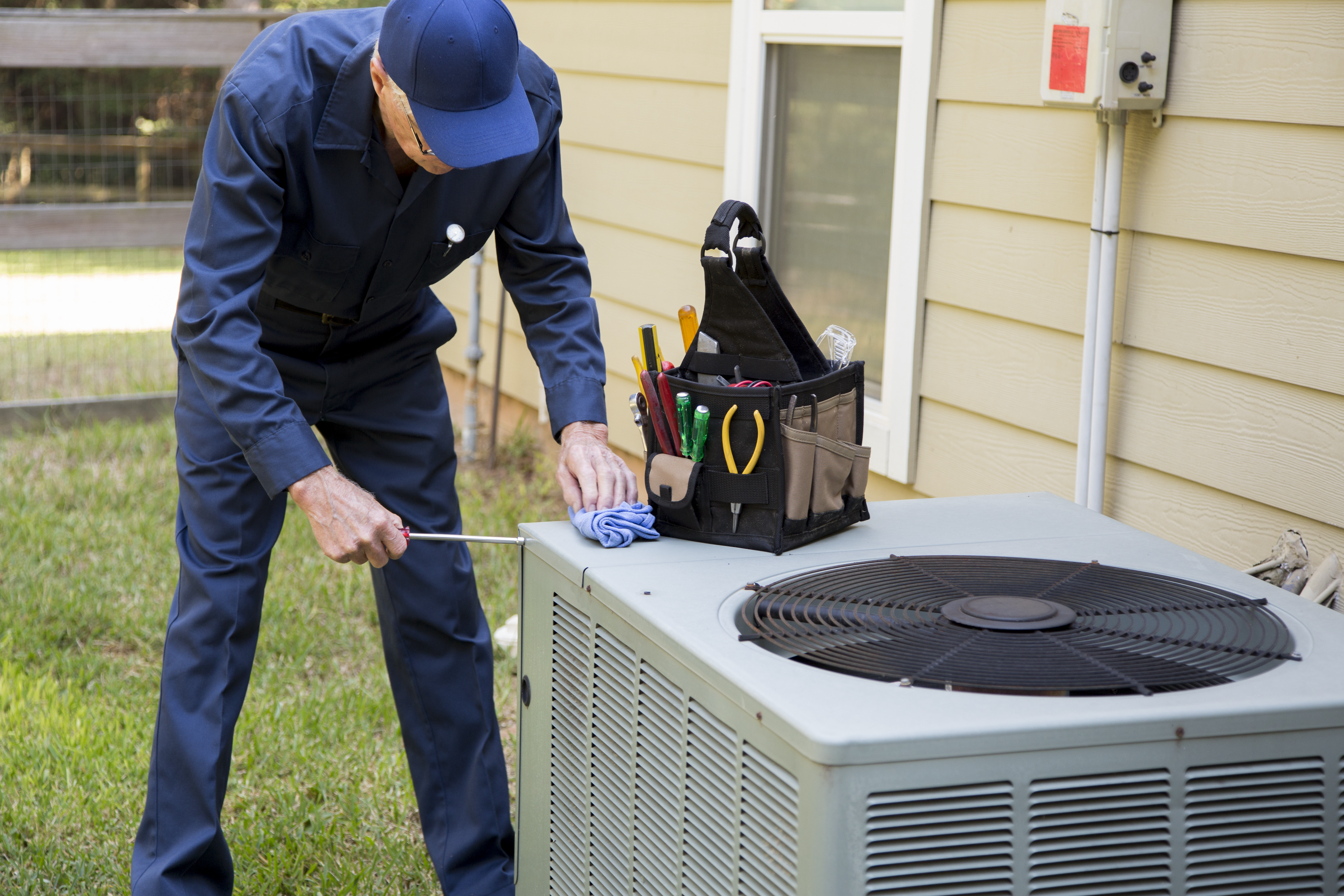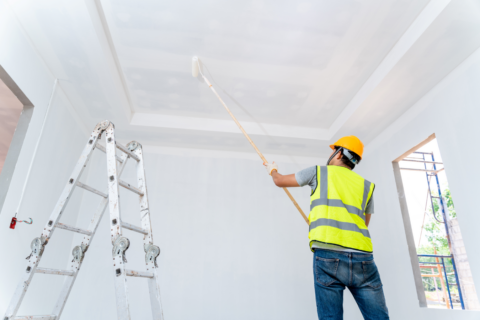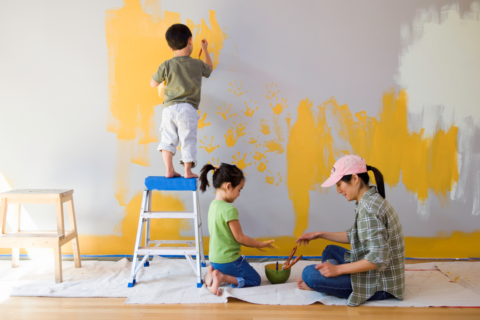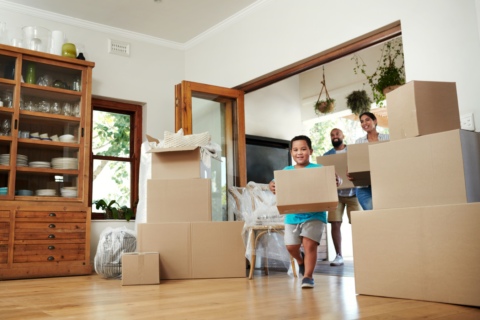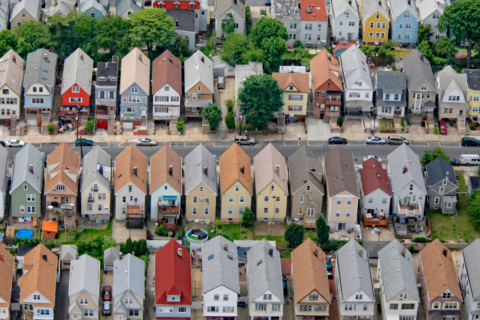By The Green & Healthy Homes Initiative
Climate Change Impacts
Extreme heat and the combination of high heat and humidity pose serious risks to human health. Heat-related fatalities far exceeded any other extreme weather-related fatalities in 2022, and due to an inherent delay in reporting official heat fatalities in some jurisdictions, this number is likely to rise over time. Communities experiencing environmental racism suffer from a host of existing human health concerns that will be exacerbated by climate change threats.
Urban cities are already ~10 degrees warmer than surrounding suburban or rural areas1. These urban heat islands are caused by the density of buildings, roads, and sidewalks that hold in the sun’s heat. Urban cities are projected to experience higher heat index days, resulting in greater use of air conditioners and a steep increase in energy consumption. This peak energy demand will result in stress on the power grid, increasing chances of power outages, which disproportionately impact people with pre-existing conditions and those who live in low-quality, high-density housing with poor ventilation and without access to open space and shade.
Indoor temperatures in homes can be managed through the building shell, ventilation, and the effectiveness of the appliances that cool the home. Improvements to the building shell, often referred to as “weatherization,” make long-term upgrades to a home, reducing the energy needs for heating and cooling while also improving indoor air quality, moisture management, and safety. Common weatherization interventions include upgrading insulation and air sealing to prevent air leakage and installing double-paned windows. It is also important that a home is properly ventilated to ensure moisture and indoor air pollution are removed and clean air can come in.
However, to weatherize a home, existing hazards must be remediated to ensure resident safety. In many older homes, particularly in historically disinvested communities and low-income communities of color, these hazards are common and cause deferrals from weatherization programs. These hazards can include lead paint, mold, pests, foundation leaks, and roof leaks.
Best Management Practices
As climate change is exposing more homes to extreme heat, it is especially important to have effective and efficient cooling so individuals and families can maintain safety and comfort, while also keeping their energy bills affordable. Electric heat pumps provide highly efficient heating and cooling and improve indoor air quality by reducing fossil fuel pollutants from the home.
Retrofitting a home to improve energy efficiency can be a significant project, especially in cases where there are other needs. However, there are programs in every state that provide financial assistance to qualified households. There are more than two dozen new opportunities from the federal government through the recent Inflation Reduction Act (IRA) that offer pathways for local governments to develop healthy housing practices.
Resources to Increase Energy Efficiency
The Weatherization Assistance Program (WAP) is a US Department of Energy program that supports state implementers in delivering building shell upgrades to low- to moderate-income households. WAP also includes a health and safety budget for projects to help reduce program deferrals.
The Home Energy Rebate Programs, created by the IRA, are currently being designed by each state’s State Energy Office, with funding expected to be available in the next year. These programs will offer upfront discounts on electric appliances and fund efficiency projects in homes. The programs prioritize low- and moderate-income households, though will also have rebates available to all income levels. Check out the information on current 2023 energy rebates and tax credits for constituents here.
The Energy Efficient Home Improvement Credit enables households to reduce their annual tax liability up to $3,200 based on a percentage of energy project costs. Homeowners and developers can take advantage of the energy efficiency tax credits to save on their monthly energy bills.
To ensure households with the greatest vulnerability to climate impacts benefit from these programs, local and state governments are increasingly adopting policies and implementation practices to enable a “whole house” approach. The Green & Healthy Homes Initiative (GHHI) has partnered with over 30 communities and states to build systems for whole-house services. The goal of these coordinated services is to holistically address housing, health, and safety risks such as lead, asthma, and injury hazards as well as energy inefficiencies that drive up utility bills and reduce housing affordability. In 2022, GHHI initiated its partnership with the New Jersey Board of Public Utilities to launch a Whole House Pilot Program in Trenton, NJ designed to reduce the number of households deferred from energy efficiency services due to health and safety hazards.
Some states are also committing support to the Whole House model through funding and policy development. For example, the state of Pennsylvania appropriated $125 million in state American Rescue Plan Act funds to enable the creation of the Whole-Home Repair Program, which provides leverage funds to existing housing repair and retrofitting programs at the county level to support the implementation of whole-house assessment and intervention services.
These resources offer unique opportunities for local governments to foster partnerships with landlords and encourage them to develop additional affordable and healthier housing opportunities. By incentivizing tax credits, landlords can experience lower overall operating costs while tenants can live in safer and healthier homes.
1 https://www.verywellhealth.com/what-is-a-normal-respiratory-rate-2248932
About the Green & Healthy Homes Initiative
Through the NLC Healthy Housing Local Action Challenge, The Green & Healthy Homes Initiative (GHHI) is providing support and technical assistance to cities, towns, and villages who have taken the Challenge, in partnership with the National Center for Healthy Housing and ChangeLab Solutions. GHHI is a national leader in implementing equitable healthy housing programs and practices. To learn more about the Healthy Housing Local Action Challenge, visit the initiative site or email healthyhousing@nlc.org.
